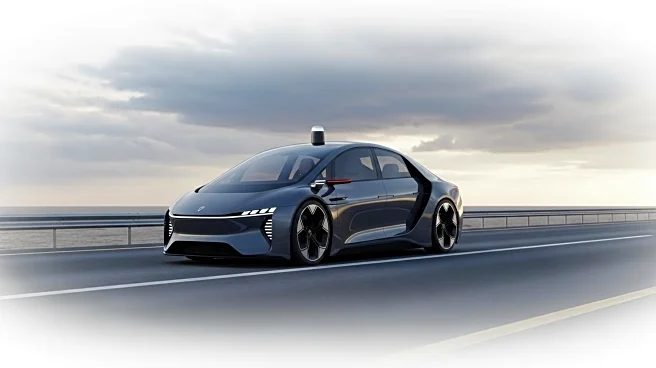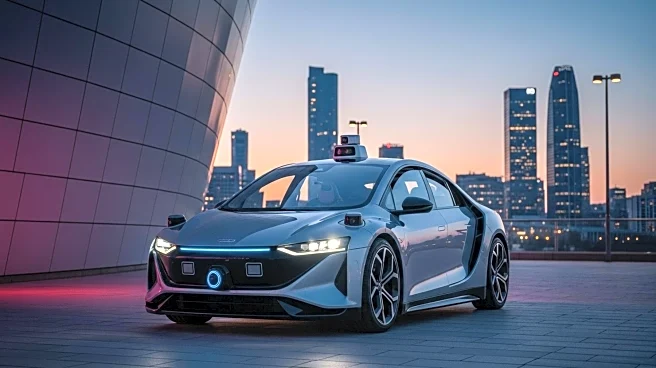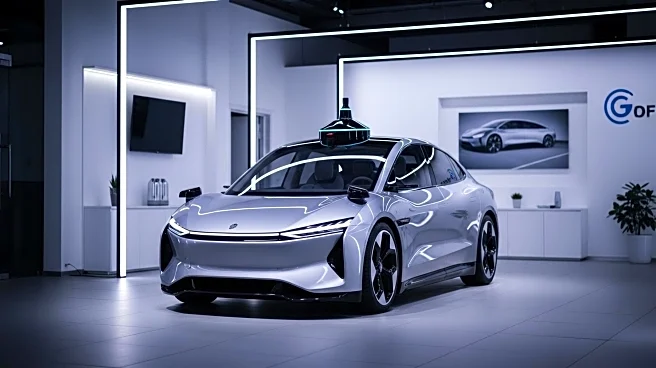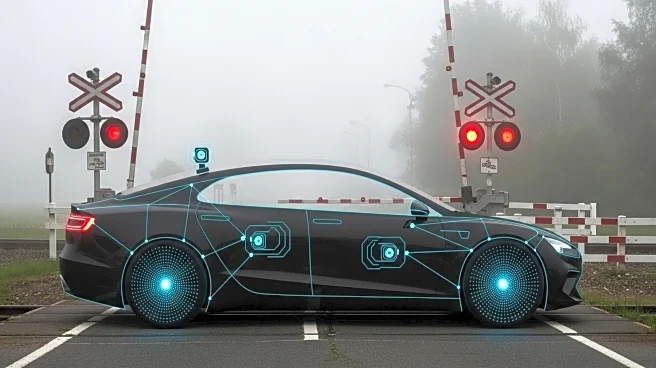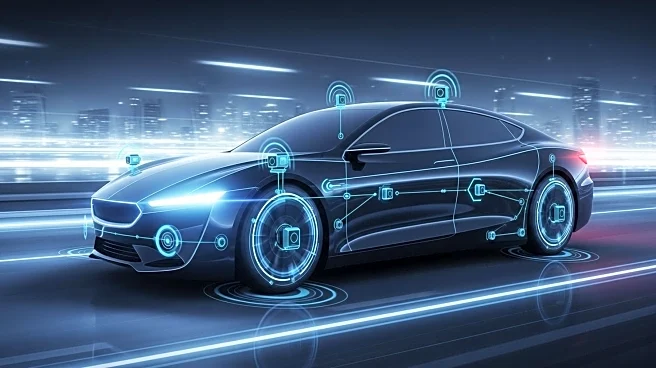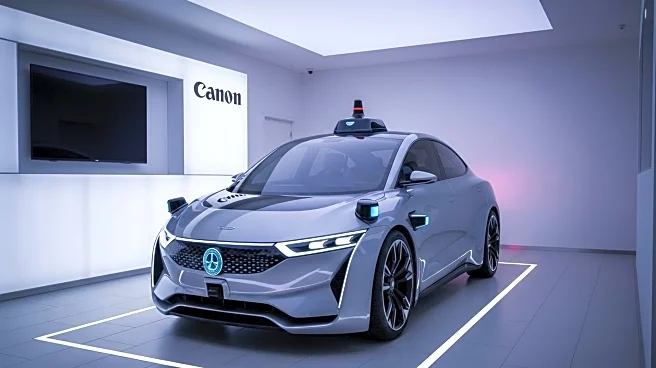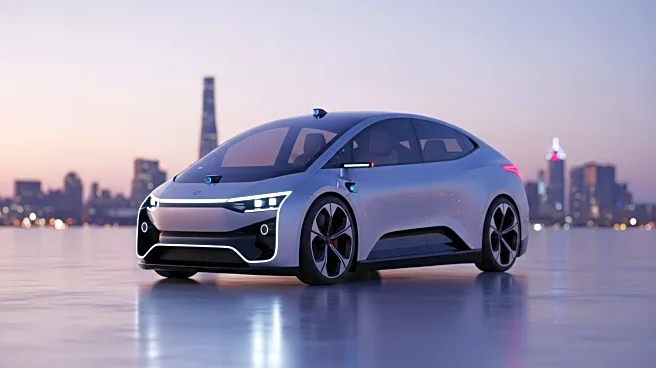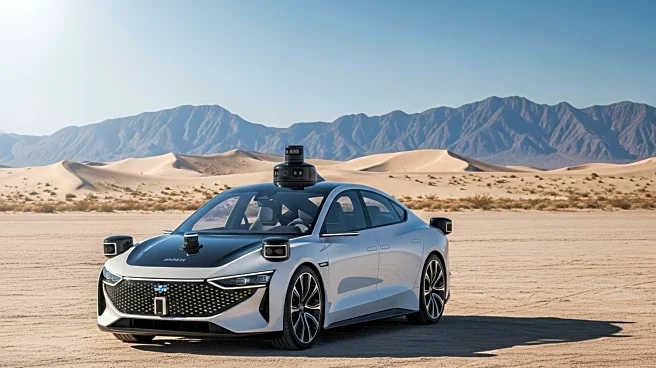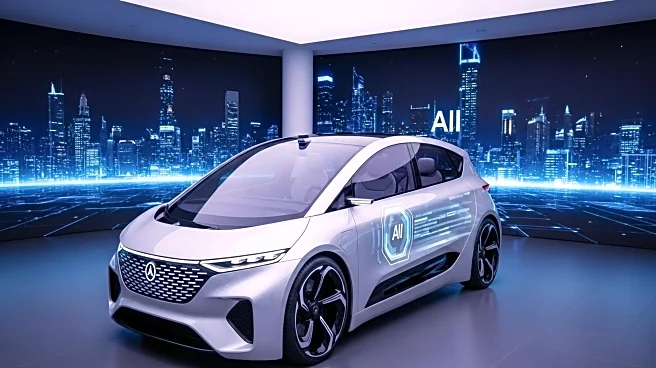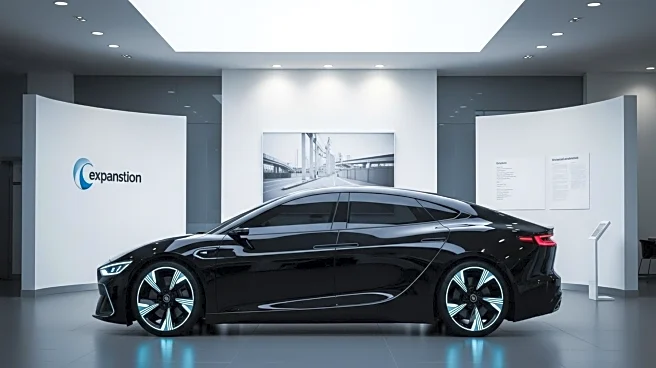What's Happening?
Two Tesla shareholder-influencers attempted a coast-to-coast self-driving journey from San Diego to Jacksonville in a Tesla Model Y equipped with the latest Full Self-Driving (FSD) software. The attempt ended prematurely with a crash in California due to road debris, highlighting the limitations of Tesla's current autonomous driving technology. Despite improvements in Tesla's FSD systems, the technology remains at level 2, requiring driver attention at all times. The incident underscores Tesla's ongoing struggle to achieve fully unsupervised self-driving capabilities, a goal set by Elon Musk in 2016.
Why It's Important?
The crash during the self-driving test underscores the challenges Tesla faces in achieving fully autonomous driving. While Tesla has made strides with its Robotaxi fleet and FSD systems, the technology is still years behind competitors like Waymo. This impacts Tesla's stock and business strategy, as the company's future heavily relies on its self-driving promises. The incident also raises questions about the safety and reliability of Tesla's autonomous systems, affecting consumer trust and regulatory scrutiny.
What's Next?
Tesla continues to work on improving its autonomous driving technology, with expectations of achieving unsupervised self-driving in the next 2-3 years. The company plans to introduce new hardware to enhance its systems. Meanwhile, competitors like Waymo are advancing their autonomous capabilities, increasing pressure on Tesla to deliver on its promises. Regulatory challenges and public perception will play significant roles in Tesla's ability to expand its autonomous vehicle operations.

